Roe v. Wade: Is It Constitutional?
New research shows that nearly half of the women of reproductive age (18-49) in the United States could lose abortion access if the Supreme Court overturns Roe v. Wade.
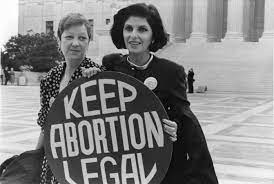
Jane Roe (left) and her lawyer Gloria Allred on the steps of the U.S. Supreme Court April 1989, where the Court heard arguments in a case that could have overturned the Roe v. Wade decision.
February 25, 2022
The Roe v. Wade legal case in which the U.S. Supreme Court on Jan. 22, 1973, ruled that unduly restrictive state regulation of abortion is unconstitutional. In a majority opinion written by Justice Harry A. Blackmun, the Court held that a set of Texas statutes criminalizing abortion in most instances violated a woman’s constitutional right of privacy, which it found to be implicit in the liberty guarantee of the due process clause of the 14th Amendment.
One one side of the argument are the people who are pro-life and oppose abortion. However, the only life many of them are concerned with is the life of the fertilized egg, embryo, or fetus. They are much less concerned about the life of women who have unintended pregnancies or the welfare of children after they’re born. Their main focus is making sure every woman goes through with giving birth because they believe that the embryo and the fertilized egg can feel things. People who are pro-life usually believe that people that are pro-choice are actually pro-abortion and believe that everyone on the other side wants everyone to get abortions.
You also have the other side of the argument with people being pro-choice. Generally, people who identify as pro-choice believe that everyone has the basic human right to decide when and whether to have children. When you say you’re pro-choice, you’re telling people that you believe it’s okay for them to have the ability to choose abortion as an option for an unplanned pregnancy, even if you wouldn’t choose abortion for yourself.
The black-and-white labels of “pro-life” and “pro-choice” pit people against each other, as if they’re on two different teams. But we agree more than we disagree, a majority of Americans believe abortion should be legal, and they support the right to access abortion.
The simple answer is this: the Supreme Court’s Roe v. Wade ruling not only gave people the right to access abortion legally all across the country, it also prevented many deaths from unsafe, illegal abortions. Attempts to prohibit abortion particularly hurt people with low incomes. A survey conducted in the 1960s found that among women with low incomes in New York City who had an abortion, eight in 10 attempted a dangerous, self-induced procedure.
Banning safe abortion options doesn’t stop abortions— it stops safe abortions. If Roe v. Wade was to be overturned, people would continue to terminate pregnancies, but at risk to their own life.
According to Planned Parenthood Federation of America and In Our Own Voice: National Black Women’s Reproductive Justice Agenda, new research shows that nearly half of the women of reproductive age (18-49) in the United States — more than 36 million women in 26 states, and even more people who can become pregnant — could lose abortion access if the Supreme Court overturns Roe v. Wade. This includes 5.7 million Hispanic or Latino people; 5.3 million Black people; 1.1 million Asian people; and about 340,000 American Indian or Alaska Native people.
Having abortion rights is a constitutional right and rich, white, old men shouldn’t be deciding what women can and can’t do with their body. There has been so much research that shows that a fertilized egg and embryo can’t feel anything and the heart of an embryo doesn’t start to beat until 5–6 weeks of pregnancy.


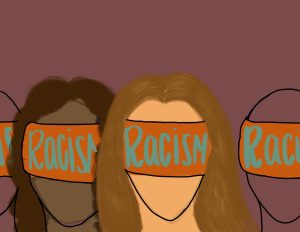
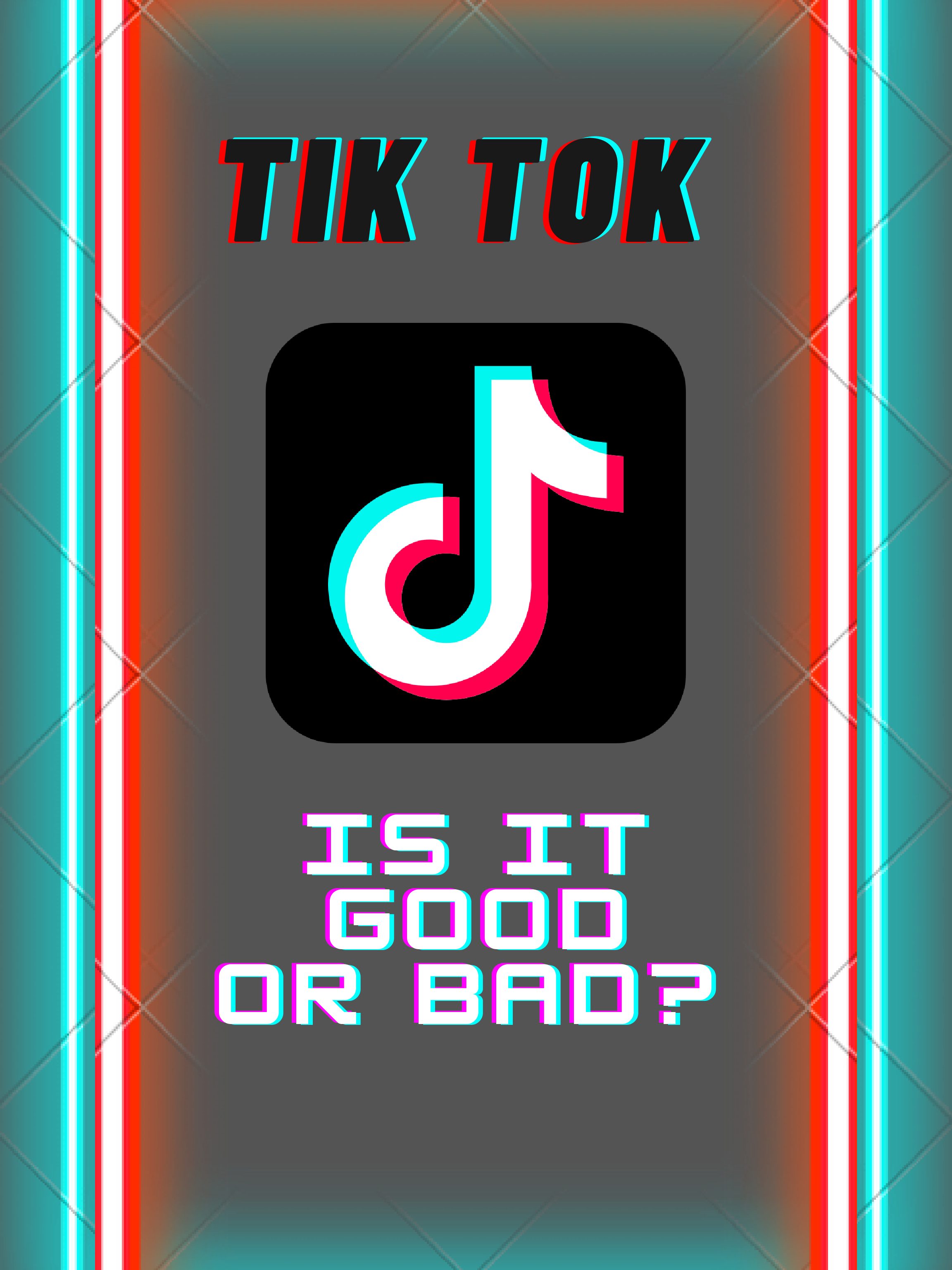
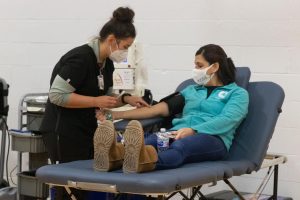



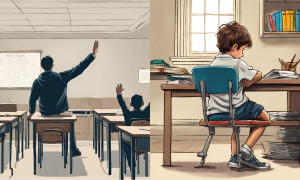

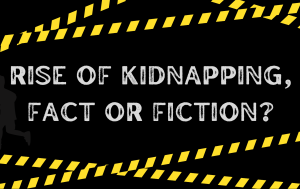


Brenda | Aug 19, 2022 at 5:27 pm
After Roe v Wade, an amendment to the constitution was never made. Therefore, abortion never legally became a constitutional right. The original constitution NEVER said that abortion was a CONSTITUTIONAL right. Whoever wrote this needs to read the Constitution. Quit throwing around words you don’t understand.
me | Jun 24, 2022 at 10:09 pm
this is an opinion piece. how sad
Joe | May 4, 2022 at 6:21 pm
Didn’t address the constitution in your points